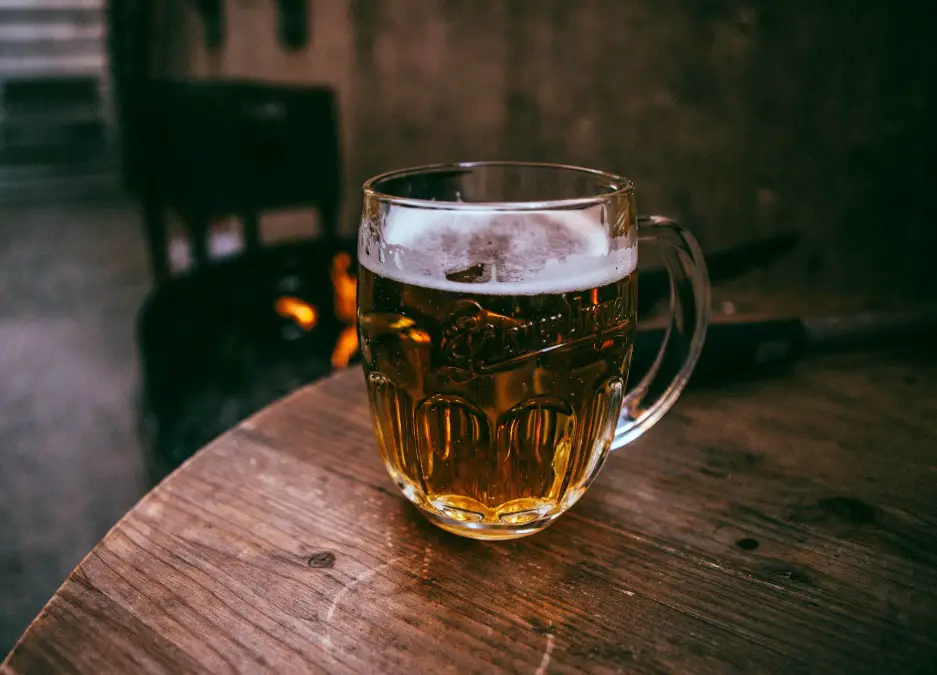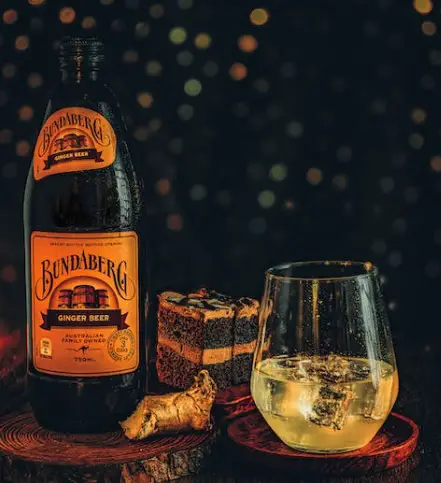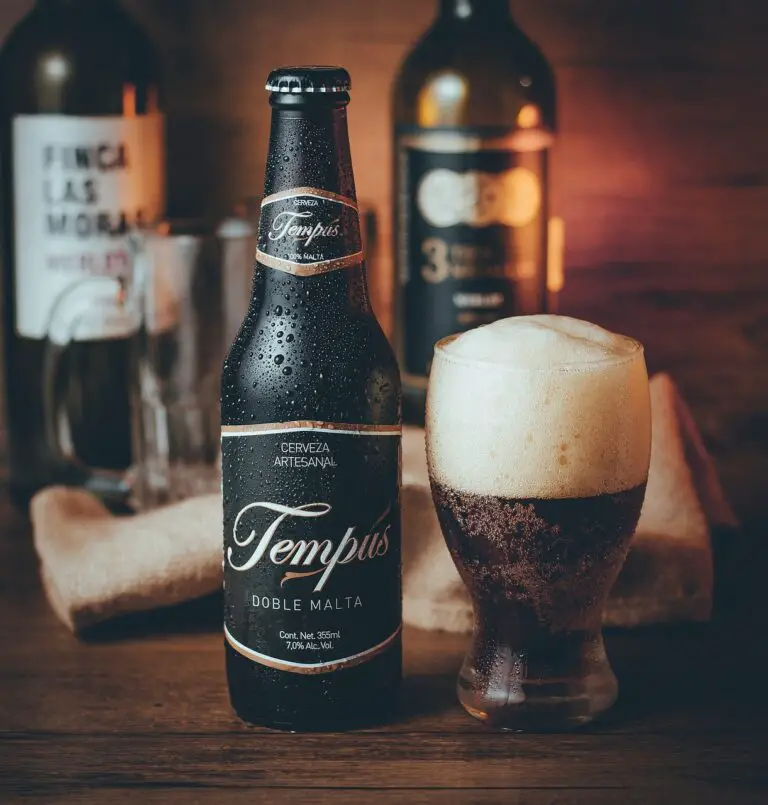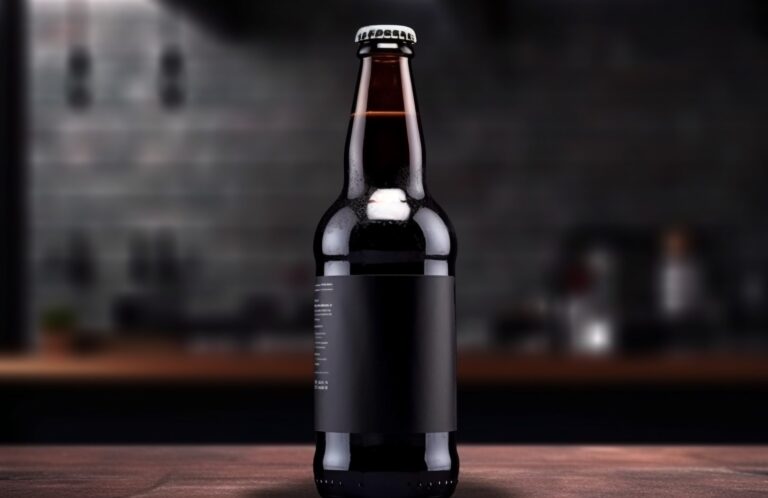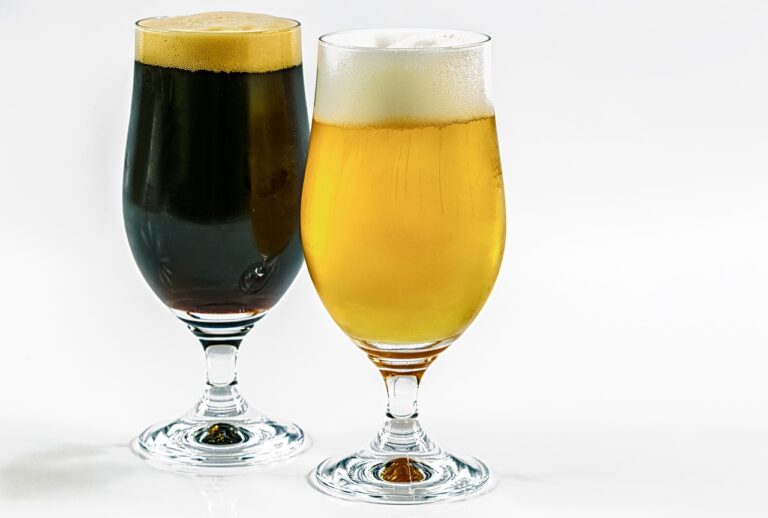Lager vs. Pilsner – What’s the Difference?
They look the same, right? Kinda… Lager and Pilsner beers are kinda similar. But, there must be a difference. So… Lager vs. Pilsner – what’s the difference?
Follow us on Instagram!
Lager and Pilsner are two distinct beer styles, each characterized by unique brewing methods and flavor profiles. Lager is a broad category of beer that undergoes a cold fermentation and conditioning process, resulting in a clean, crisp taste with a smooth finish.
Pilsner, on the other hand, is a specific type of lager that originated in the Czech town of Pilsen. Pilsners are known for their pale, golden color and a distinctive hop bitterness, often featuring a more pronounced and aromatic hoppiness compared to other lagers.
Simply put, while all Pilsners are lagers, not all lagers are Pilsners.
Let’s delve deeper and see more!
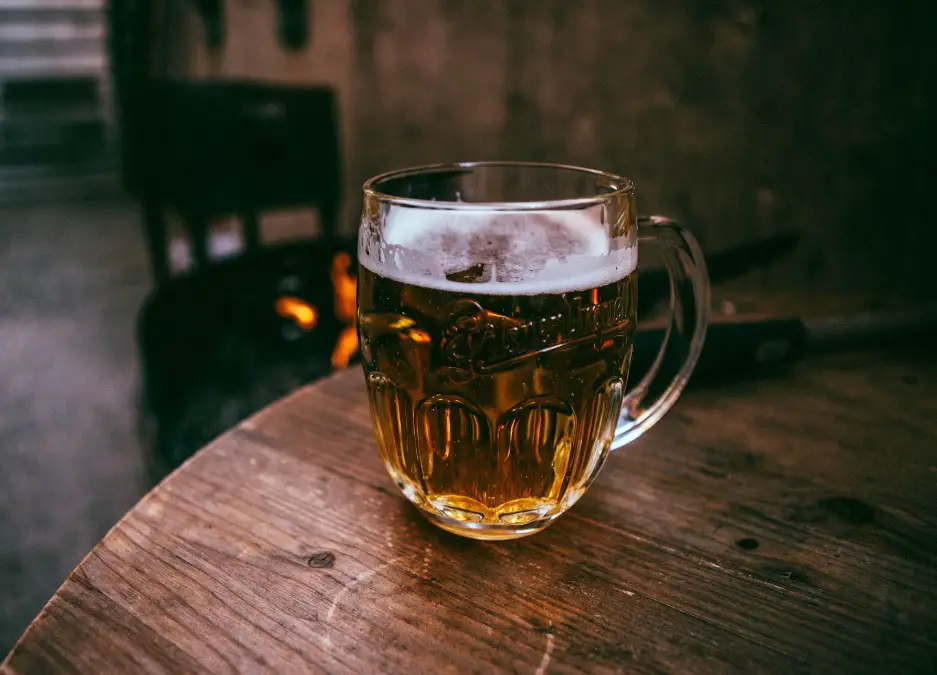
The Historical Background
A. Origins of Pilsner Beer
Pilsner Urquell and its Significance
Pilsner, as a distinct beer style, traces its roots to the iconic Pilsner Urquell brewery in Plzeň (Pilsen), Czech Republic. Established in 1842, Pilsner Urquell is credited as the pioneer of the Pilsner style.
The brewery’s innovation lay in the use of pale malts and Saaz hops, resulting in a clear, golden beer with a unique hop bitterness. This marked departure from traditional darker beers of the time set the stage for the widespread adoption of the Pilsner style.
Development of the Pilsner Style in the 19th Century
The 19th century witnessed a transformative period in brewing history, marked by industrialization and advancements in brewing technology. Pilsner’s popularity soared during this era, and breweries across Europe sought to replicate the success of Pilsner Urquell.
The adoption of bottom-fermenting yeast and the use of new malting techniques played crucial roles in refining the Pilsner style, shaping it into a widely recognized and appreciated beer category.
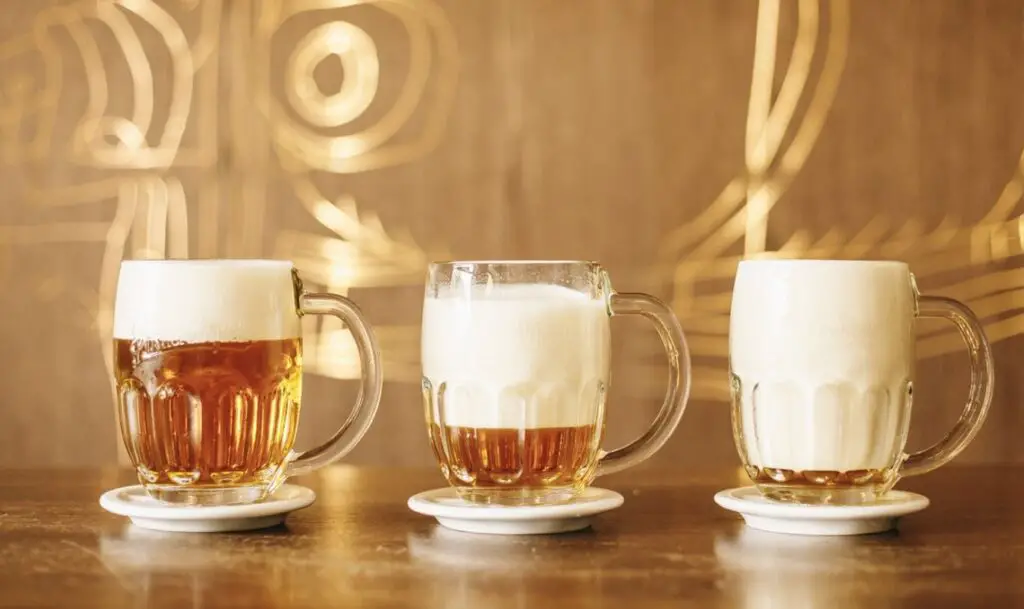
B. The Emergence of Lager
Lagering Process and its Historical Context
Lager, a term derived from the German word “lagern” meaning to store, refers to the cold fermentation and conditioning process that sets it apart from ales. Developed in Bavaria, Germany, during the Middle Ages, the lagering process involves fermenting beer at cooler temperatures and storing it for an extended period.
This method not only contributed to the clean and crisp taste of lagers but also allowed for the development of smoother and more refined flavors. The introduction of refrigeration in the 19th century further facilitated the mass production of lagers.
Spread of Lager Brewing Worldwide
Lager’s popularity surged globally due to its refreshing taste and longer shelf life. The spread of lager brewing was accelerated by the mass migration of German and Czech brewers, who brought their lagering expertise to various parts of the world.
The late 19th and early 20th centuries witnessed the establishment of lager breweries in North America and beyond, solidifying lager as one of the most prevalent and beloved beer styles worldwide. Today, the diverse range of lagers reflects regional adaptations and brewing traditions that have evolved over centuries.
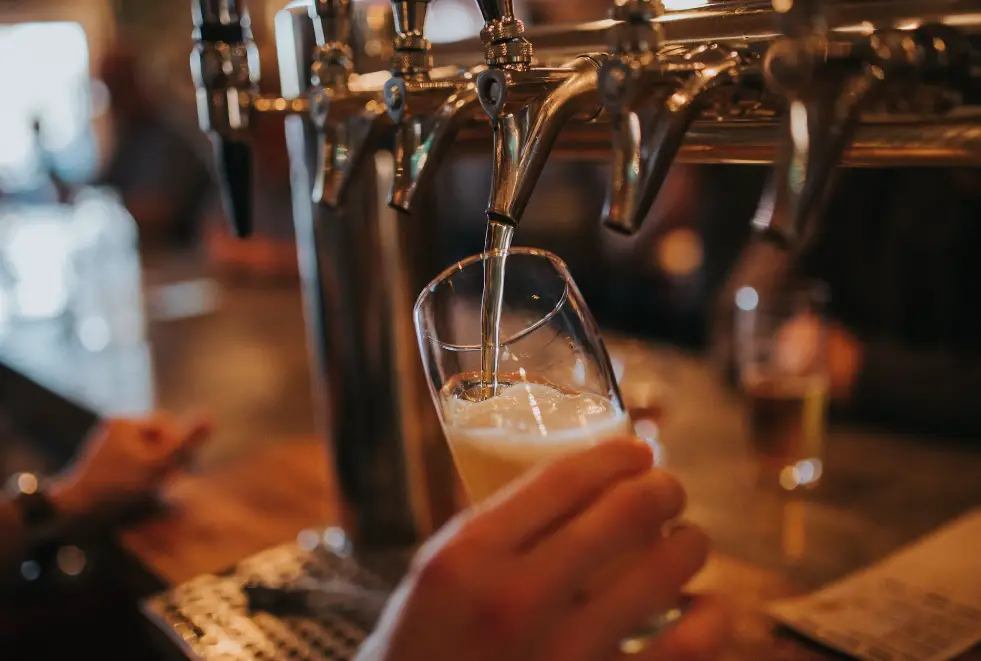
Brewing – How is Pilsner and Lager Brewed?
A. Pilsner Brewing
Ingredients Used in Pilsner
Pilsners are characterized by a distinct combination of ingredients. Typically, they employ pale malts that contribute to their light color, and Saaz hops, known for their mild and aromatic characteristics. The water used, often soft water, plays a crucial role in achieving the desired crispness.
Pilsner yeast, a specific lager yeast strain, ferments at cooler temperatures, contributing to the clean profile associated with this style.
Pilsner Brewing Methods
Pilsner brewing involves a meticulous process. The malt is mashed at lower temperatures, promoting the development of fermentable sugars without excessive body. The wort is then boiled, and Saaz hops are added for bitterness and aroma.
Pilsners undergo a longer maturation period, typically between four to six weeks, during which they are lagered at cold temperatures. This extended conditioning phase contributes to the beer’s clarity, refined flavors, and a characteristic clean finish.
Characteristics Imparted by the Brewing Process
The Pilsner brewing process imparts a pale, brilliant color to the beer, coupled with a noticeable hop bitterness and aroma. The extended lagering period enhances the beer’s clarity and allows for the development of a crisp, refreshing taste. Pilsners are known for their balance, showcasing the interplay between malt sweetness and hop bitterness.
B. Lager Brewing
Ingredients Used in Lager
Lagers, as a broader category, encompass a variety of styles with diverse flavor profiles. The ingredients used in lagers are adaptable, but common elements include a mix of malted barley, hops, water, and lager yeast. The choice of malts and hops can vary, influencing the color, flavor, and aroma of the final product.
Lagering Process Details
Lager brewing begins with the fermentation of a clean, bottom-fermenting yeast at lower temperatures, typically between 44-55°F (7-13°C). This slow fermentation process imparts a smooth and well-rounded character to the beer. Following fermentation, lagers undergo a maturation or lagering phase, where they are stored at near-freezing temperatures for an extended period, ranging from several weeks to several months. This extended conditioning refines the flavors, creating a clean and crisp taste associated with lagers.
Key Characteristics Developed During Brewing
The lagering process is instrumental in developing the signature characteristics of lagers. It results in a clear, bright appearance, a subdued yeast profile, and a clean fermentation, allowing the malt and hop flavors to shine through. The extended conditioning contributes to the overall smoothness and drinkability of lagers, making them a popular choice for a wide range of beer enthusiasts.

Pilsner vs. Lager – The Flavor Profiles
A. Pilsner Flavor Profile
Notable Flavors and Aromas
Pilsners are characterized by a crisp and refreshing flavor profile with a noticeable hop presence. The use of Saaz hops imparts floral, spicy, and herbal notes, contributing to a distinctive hop bitterness. The malt profile tends to be clean, allowing a subtle sweetness to balance the pronounced hop character. Pilsners often exhibit a bright and zesty quality with a clean, dry finish.
Common Variations within the Pilsner Style
There is a spectrum of Pilsner variations, ranging from German-style Pilsners (Pils) with a drier, more bitter profile to Czech-style Pilsners (Pilsner) that may have a slightly sweeter malt presence.
B. Lager Flavor Profile
Characteristic Taste and Aroma Elements
Lagers, as a broad category, offer a diverse range of flavor profiles. The common thread among lagers is a clean and smooth taste, derived from the bottom-fermenting yeast and the lagering process. The malt flavors can vary from sweet to biscuity, while hop bitterness is generally moderate.
Lagers often present a subdued yeast profile, allowing the malt and hops to come forward, resulting in a well-balanced and approachable beer.
Variations in Lager Flavor Profiles
Lager styles encompass a wide array of flavors. Munich Helles lagers tend to be maltier with a bready sweetness, while American Lagers can be light, crisp, and slightly corn-sweet. Bock lagers, on the other hand, may have a richer, malt-forward profile with notes of caramel and dark fruit.
The diversity within the lager category showcases the adaptability of the brewing process to create a multitude of flavors to suit different preferences.
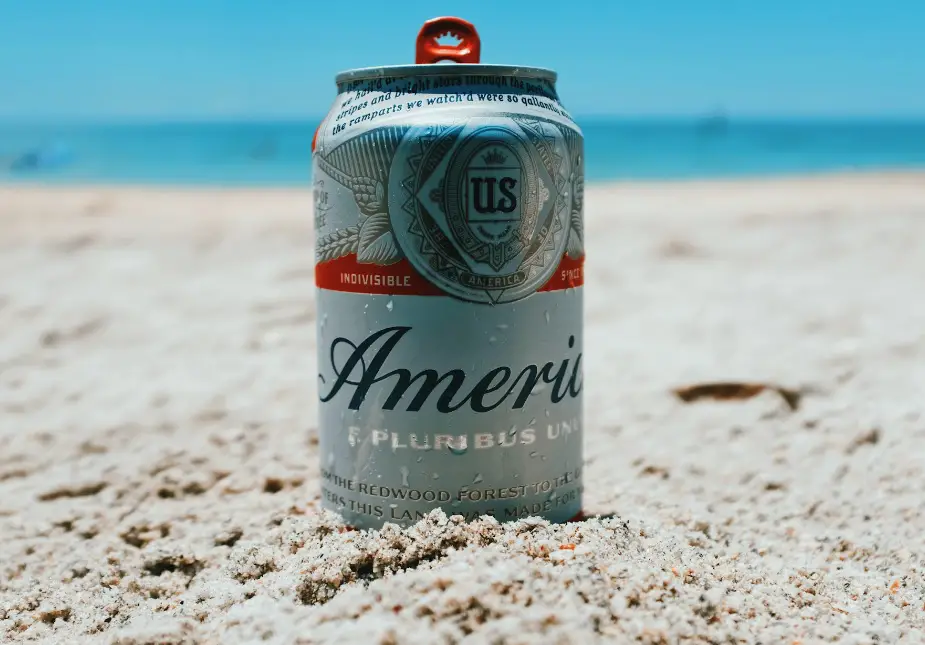
Pilsner vs. Lager – Appearance and Color
A. Pilsner
Typical Appearance and Color Range
Pilsners are renowned for their distinctive appearance, characterized by a pale and brilliant golden hue. The color spectrum of Pilsners generally ranges from pale straw to deep gold. The beer’s clarity is a hallmark, with minimal haze, allowing the drinker to appreciate the effervescence and the visual appeal of the beer.
Factors Influencing Color in Pilsners
The primary factors influencing the color of Pilsners include the choice of malts and the duration of the boil. Pilsner malts, which are kilned to a pale color, contribute to the beer’s light appearance. Additionally, a shorter boil duration helps preserve the delicate color of the malt, preventing excessive caramelization that could darken the beer. Careful attention to these factors ensures that Pilsners maintain their characteristic clarity and golden color.
B. Lager
Appearance Characteristics
Lagers, encompassing a broad spectrum of styles, exhibit a diverse range of appearances. However, a common characteristic is their clarity and clean presentation. The color of lagers varies widely, from pale straw in light lagers to deep amber or brown in darker styles like bocks. The effervescence is often visible, contributing to a visually appealing beer.
Factors Determining Lager Color
The color of lagers is influenced by the types of malts used in the brewing process. Lighter lagers may employ pale malts, contributing to a straw or pale gold color. Darker lagers, such as bocks, utilize darker malts that impart amber to brown hues. The length and intensity of the malt roasting process also play a crucial role in determining the final color of the beer. Factors such as water composition and yeast selection can further influence the overall appearance of lagers.

Popular Pilsners
Pilsner Urquell
As the original Pilsner, Pilsner Urquell from the Czech Republic is a classic and widely celebrated example. Known for its distinctive golden color, Saaz hop bitterness, and crisp finish, Pilsner Urquell is often considered a benchmark for the Pilsner style.
Jever Pilsner
Hailing from Germany, Jever Pilsner is recognized for its robust hop character and a dry, bitter profile. It exemplifies the German-style Pilsner, featuring a bright, pale appearance and a refreshing taste with a pronounced hop presence.
Popular Lagers
Budweiser
Budweiser, an American Lager, is one of the most globally recognized beers. Known for its clean, crisp taste and light maltiness, Budweiser is a flagship example of the American Lager style.
Paulaner Original Munich Lager
Paulaner, a traditional German brewery, produces a Munich Helles Lager that showcases a malt-forward profile with a balanced sweetness. This lager exemplifies the characteristics of the Munich Helles style.
Asahi Super Dry
Originating from Japan, Asahi Super Dry is a well-known example of an Asian-style Lager. It is characterized by a light body, high carbonation, and a dry finish, making it a popular choice both in Japan and internationally.
Modelo Especial
Modelo Especial, a Mexican Lager, has gained popularity for its light and refreshing nature. It features a pale golden color, mild hop bitterness, and is often served with a wedge of lime for added citrus notes.

Wrapping It Up
In the end, while all pilsners are lagers, not all lagers are pilsners; the distinction lies in the unique hop bitterness and pale, golden hue characteristic of pilsners, compared to the diverse range of flavors found within the broader category of lagers.

I am a young architect with a passion that goes beyond blueprints… it’s beer! undertherosebrewing.com is more than just a blog, it’s a manifestation of my lifelong dream to explore, read, and learn everything about beer. Join the blog on this unfiltered and genuine adventure into the heart of beer culture. Cheers!

